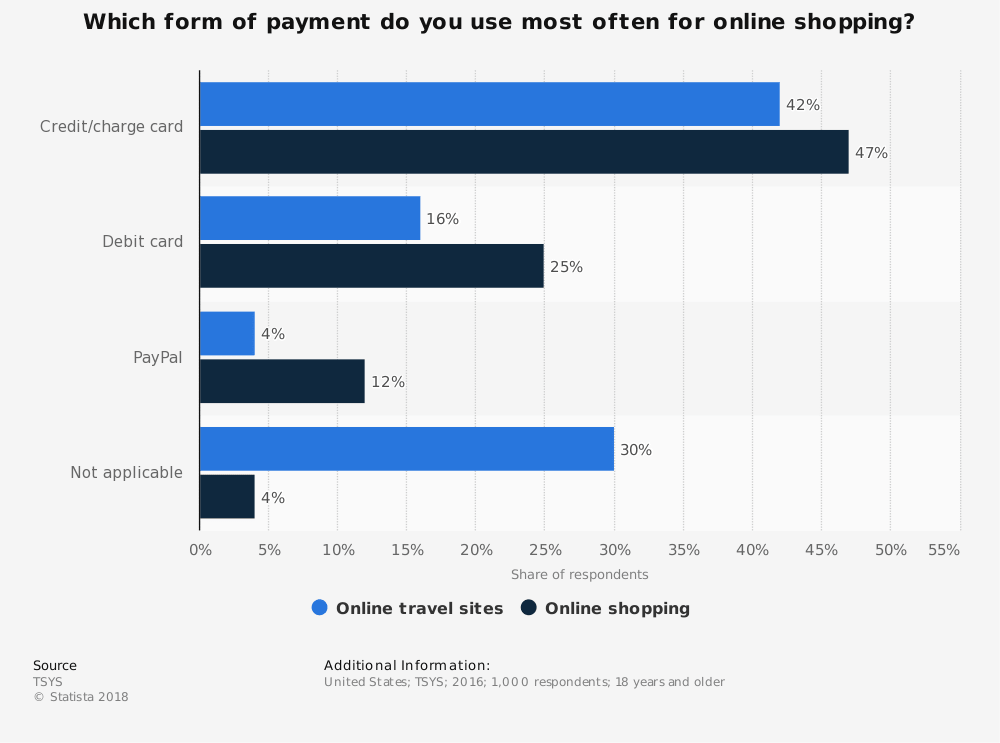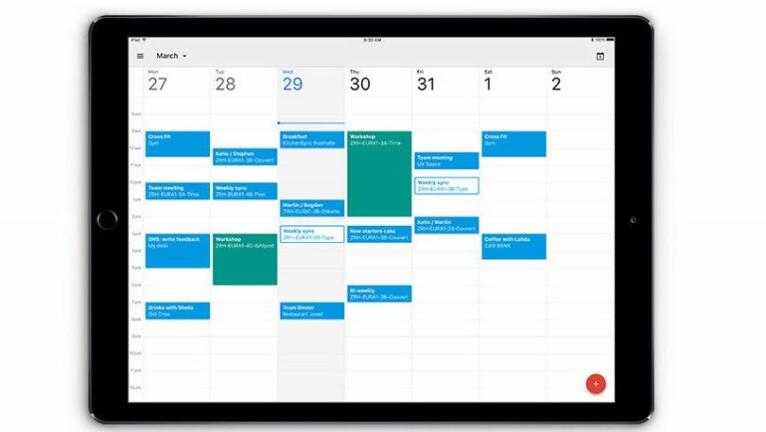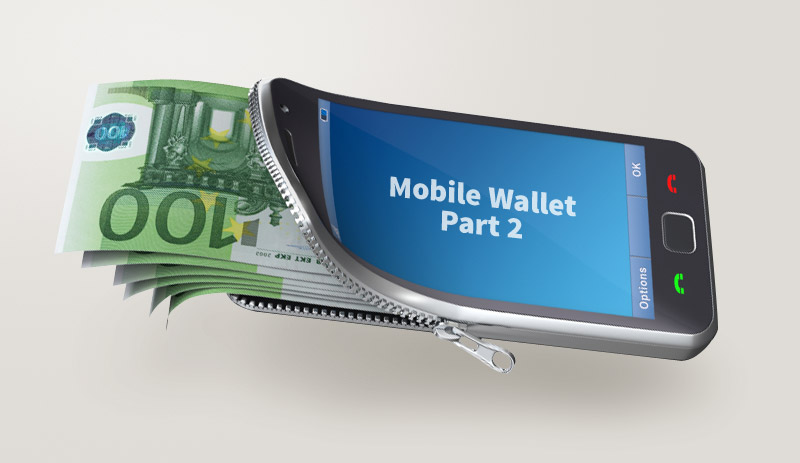Comparing PayPal, Stripe, and Wise for Freelancers sets the stage for this enthralling narrative, offering readers a glimpse into the diverse world of payment solutions tailored specifically for freelance professionals. As the gig economy flourishes, understanding the nuances of these platforms becomes vital for freelancers looking to maximize their earnings and streamline their transactions. Each service brings its unique strengths and weaknesses, from user experience to fee structures, making it essential to dissect their offerings in a way that resonates with the demands of modern freelancers.
By delving into the intricacies of these payment processors, we uncover how they serve as vital tools in the freelancer’s toolkit, enabling seamless cross-border payments and ensuring timely compensation for hard work. Whether you are a graphic designer, writer, or developer, choosing the right platform can significantly impact your financial health and client satisfaction. Join us as we explore the features, benefits, and potential drawbacks of PayPal, Stripe, and Wise, empowering you to make informed decisions that fuel your freelance journey.
In a world where communication is key, the ability to persuade others is an invaluable skill that can open doors to new opportunities, foster relationships, and create lasting impacts. Whether you’re looking to sell a product, gain support for an idea, or simply influence a friend, understanding the nuances of persuasive communication can set you apart. This article delves into the art of persuasion, offering insights, techniques, and examples that will help you master this essential craft.
The Psychology Behind Persuasion
To effectively persuade someone, it’s crucial to understand the psychological mechanisms at play. At its core, persuasion is about influence—changing someone’s beliefs, attitudes, or behaviors through communication. Renowned psychologist Robert Cialdini Artikels six principles of influence that are foundational in persuasive communication:
- Reciprocity: People feel compelled to return favors. If you do something for someone, they are more likely to agree to your requests.
- Commitment and Consistency: Once people commit to something, they are more likely to follow through. Getting someone to agree to a small request can lead to them agreeing to larger requests later.
- Social Proof: Individuals will often look to the actions of others to determine their own. Highlighting testimonials or examples can increase your persuasive power.
- Authority: People tend to follow the advice of experts. Establishing credibility can enhance your persuasive efforts.
- Scarcity: The rarity of something increases its value. Creating a sense of urgency can prompt action.
- Liking: We are more easily influenced by people we like. Building rapport and connection is fundamental.
Techniques for Effective Persuasion: Comparing PayPal, Stripe, And Wise For Freelancers
With an understanding of the underlying psychology, we can explore various techniques that can enhance your persuasive abilities. Here are some strategies to consider:
1. Know Your Audience
The first step in crafting a persuasive message is understanding who you’re trying to persuade. What are their interests, values, and concerns? Tailoring your message to resonate with your audience will significantly increase your chances of success. For example, if you’re pitching a product to a group of environmentally conscious consumers, highlighting its sustainable features will be far more effective than discussing its technical specifications.
2. Build Trust and Rapport
People are more likely to be persuaded by someone they trust. Establishing rapport through genuine conversation, active listening, and empathy can create a foundation of trust. Share personal stories or experiences that relate to your message, as vulnerability can foster deeper connections.
3. Use Storytelling
Humans are wired to respond to stories. A well-told narrative can evoke emotions, making your message more relatable and memorable. For instance, rather than merely presenting statistics about the success of a company, sharing a compelling story of an individual whose life was changed by that company can resonate more deeply with your audience.

4. Present Clear Benefits
When persuading, it’s essential to focus on the benefits your audience will gain. Instead of listing features, articulate the positive outcomes that will result from accepting your proposal. For instance, when selling a service, emphasize how it will save time, reduce stress, or improve quality of life.
5. Leverage the Power of Emotions, Comparing PayPal, Stripe, and Wise for Freelancers
Emotional appeals can be incredibly powerful. Engaging your audience’s emotions—whether through happiness, fear, or inspiration—can spur them into action. Utilize vivid imagery, metaphors, and emotive language to paint a picture that resonates on an emotional level.
Overcoming Objections
No matter how persuasive your arguments are, there will always be objections. Anticipating these objections and preparing thoughtful responses can demonstrate your understanding and build credibility. Here are some tips for overcoming objections:
- Listen Actively: Allowing your audience to express their concerns shows respect and makes them feel heard.
- Empathize: Acknowledge their feelings and perspectives. This not only validates their concerns but also opens the door for dialogue.
- Provide Evidence: Back up your claims with data, testimonials, or expert endorsements to reinforce your position.
- Offer Alternatives: If your audience is hesitant, suggest alternatives or compromises that can still align with your goals.
The Role of Nonverbal Communication
Persuasion is not solely about what you say; how you say it matters just as much. Nonverbal cues such as body language, eye contact, tone of voice, and facial expressions can enhance or undermine your message. Here’s how to use nonverbal communication to your advantage:
- Maintain Eye Contact: This conveys confidence and sincerity.
- Use Open Body Language: Avoid crossing your arms or turning away; instead, present an open and inviting posture.
- Modulate Your Tone: Varying your pitch and pace can keep your audience engaged and emphasize key points.
Practice Makes Perfect
Like any skill, persuasion requires practice. Seek out opportunities to apply your persuasive techniques in low-stakes environments, such as casual conversations or group discussions. Over time, you’ll develop your style and become more adept at influencing others.
Conclusion
Mastering the art of persuasion is a journey that involves understanding human psychology, honing communication skills, and practicing consistently. Whether you’re aiming to advance your career, foster relationships, or inspire change, the ability to persuade can be a game-changer. By applying the principles and techniques Artikeld in this article, you’ll be well on your way to becoming a persuasive powerhouse, capable of influencing others and achieving your goals.












